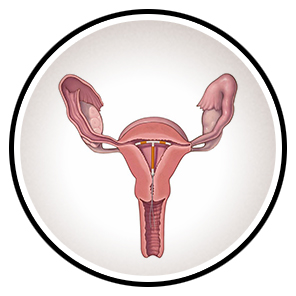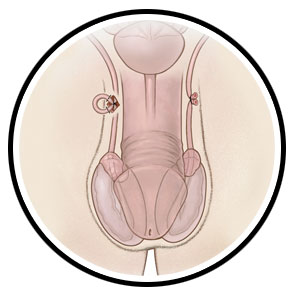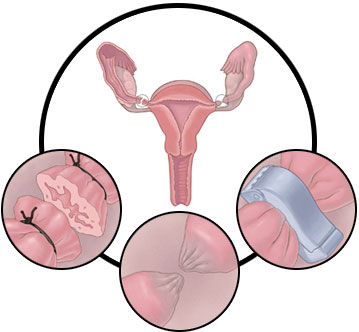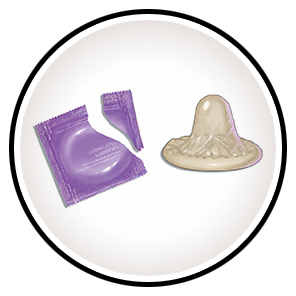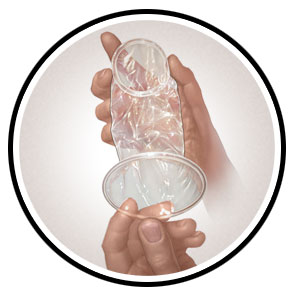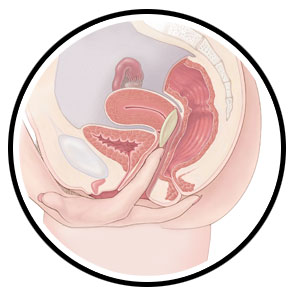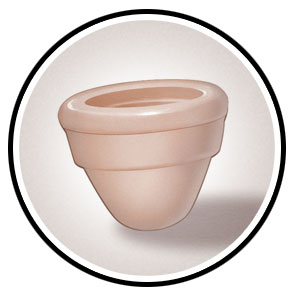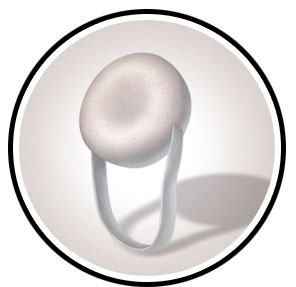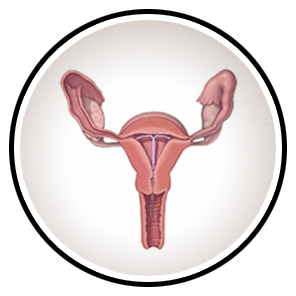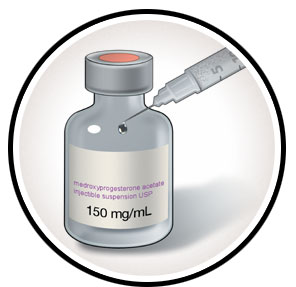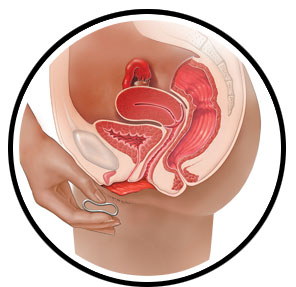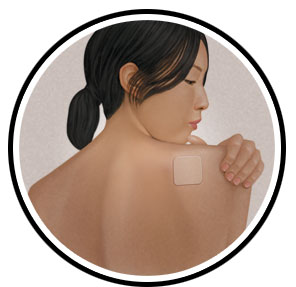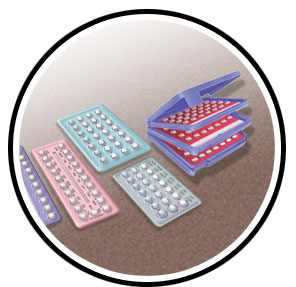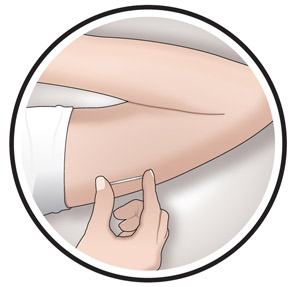Welcome
With so many options available, making the right decisions about contraception can be a little overwhelming.
It's a plan was created to help you and your health care provider determine the method that's best for you.
View all types of contraception methods available in Canada.
Scroll to continue
It’s a Plan Medical Disclaimer, Disclaimer of Warranty and Limitation of Liability, Online Tool/Survey Disclaimer and Privacy Notice
Notice
Welcome to It’s a Plan ("It’s a Plan"). It’s a Plan is an online health information tool provided by the Society of Obstetricians and Gynaecologists of Canada (“SOGC”), located in Ottawa, Ontario, Canada. It’s a Plan is designed to help individuals and their health care providers decide which contraception method is right for them.
Medical Disclaimer
It’s a Plan does not provide health care advice, diagnosis or treatment. It’s a Plan is not a health care service of any kind and all information is provided for educational purposes only.
It’s a Plan is not intended to replace your relationship with your health care provider and is not a substitute for professional health care advice, diagnosis, or treatment. It’s a Plan is designed to educate you about contraceptive methods and to help your health care provider advise you on contraceptive choices. You should always speak to a health care provider for diagnosis, treatment or other specific medical advice.
If you are pregnant or think you might be pregnant, see a health care provider as soon as possible.
If you are 16 years old or older and have never had a period, you should consult a health care provider to understand why you have not yet had a period.
Special Medical Conditions
If you have been diagnosed with or have experienced a special medical condition, such as the ones set out below, It’s a Plan may not be right for you. You should consult with your health care provider regarding contraception if any of the following apply to you:
- Recurrent ovarian cysts
- Fibroids or an unusually shaped uterus
- Bleeding disorder
- Gynaecological cancer (uterus, cervix, ovaries)
- Liver disease
- Seizure/epilepsy
- Heart disease
- Depression treated with antidepressants
- Immobility (i.e. in a wheelchair or bedridden)
Disclaimer of Warranty and Limitation of Liability
Individual circumstances vary and the information provided by It’s a Plan will not apply to everyone. It’s a Plan is designed for use in Canada. SOGC does not warrant or represent that any particular contraceptive method is safe, appropriate or effective for you.
SOGC assumes no liability or responsibility for the use of any information provided by It’s a Plan, or for your reliance on this information in place of specific medical advice from a health care provider.
Although the health information content provided by It’s a Plan is reviewed and approved by health care professionals, the information provided by It’s a Plan may include inaccuracies or errors. You should not act or rely upon any information from It’s a Plan without seeking advice from a health care provider. SOGC does not guarantee the accuracy, adequacy, or completeness of any information provided by It’s a Plan and is not responsible for any errors or omissions or for the results obtained from the use of such information. To the maximum extent permitted by applicable law, SOGC disclaims all liability for any errors or other inaccuracies in the information provided by It’s a Plan.
All information is provided “as is” by It’s a Plan for educational purposes only without warranty of any kind.
In no event shall SOGC be liable for any damages of any kind, including but not limited to direct, indirect, special, consequential or other monetary damages in connection with your use of or reliance upon information provided by It’s a Plan.
It’s a Plan asks questions and provides information about human sexuality, reproductive organs and gender identification. If you find such content undesirable or objectionable, please do not use It’s a Plan.
Online Tool/Survey Disclaimer and Privacy Notice
It’s a Plan is an online tool that asks questions about your health, medical history, and lifestyle. It will take 5-10 minutes to complete. Based on your responses, It’s a Plan uses an algorithm to recommend the optimal contraceptive choices for you. Your participation in It’s a Plan is voluntary and you may choose not to participate or to withdraw at any time.
Your answers will be submitted anonymously. It’s a Plan does not collect information that will personally identify you such as your name, username or email address. It’s a Plan does not ask for and does not want you to provide identifying information of any kind. Please do not provide identifying information to It’s a Plan.
The anonymous data collected by It’s a Plan, such as group averages and the types of contraceptives listed, may be used by SOGC in future publications for scholarly and educational purposes. These publications will not contain information that will identify you.
If you have any questions about It’s a Plan, please contact us at info@sogc.com.
ELECTRONIC CONSENT
Clicking on the “yes” button below means that you have read, understand and agree to abide by this Medical Disclaimer, Disclaimer of Warranty and Limitation of Liability, Online Tool/Survey Disclaimer and Privacy Notice.
Clicking on the “no” button below means that you cannot continue with the quiz and will be redirected to the home page.
Do you agree to these terms?


